Navigation
Hookah breathing air hose is made of a special vinyl plastic construction, which is resistant to the effects of oil, gasoline and sunlight that exists in the environment. Conventional rubber scuba hose should never be used for hookah diving because it will gradually deteriorate and become toxic. Hookah hose commonly has an inside diameter of 8 mm or 10 mm. It is constructed of an inner liner of food-grade vinyl wrapped with a nylon webbing reinforcement and covered with a heavy-duty PVC abrasion resistant wall. Hookah hose is designed to prevent kinking and collapsing which could cause the flow of breathing air to be shut off.
A quality surface supply diving systems hose will be coloured a bright yellow or orange, for a high degree of visibility. It will also float, so that any excess hose not actually being used will float on the surface, completely away from the diver, reducing the possibility of entanglements on the bottom. For example, if you are diving in three metres of water but are using a 10-metre length of air hose, the excess seven metres will float on the surface, completely away from you. A quality Hookah air will not impart any flavouring to the air and should meet AS2299 and AS1716 standards.
We recommend the use of high-quality, Australian made Barfell® Divers Air Breather Hookah hoses with an inside diameter of 8 mm for recreational diving and 10 mm for commercial diving. The Barfell hookah hoses meet Australian Standards AS2299 and AS/NZ1716.
We also recommend the use of commercial-grade lockable Unoflow® quick couplings for safe hookah diving. We think the Unoflow product is superior to the equivalent TEMA product. The Unoflow is fully marine-grade Stainless Steel AISI 316, while the TEMA is chrome-plated brass. The Unoflow quick connect is not compatible with the TEMA product. Don't risk your life by using inferior hookah hoses and quick couplings.
Hose Configuration: A hookah breathing air hose is normally set up with a Male quick coupling at the compressor end, and a self-sealing Female quick coupling at the diver end. Thus when a hose is disconnected the female end self-seals and prevents air loss.
For specialist commercial diving Hookah gear, we recommend you contact Eric Percival at Airdive Equipment on 03 6273 3125, or airdive@airdive.com.au.
Technical Tip
Warning: Using general-purpose air hoses (e.g. as used with workshop compressors and found at hardware stores) that are not certified for breathing air can potentially damage your lungs and is in breach of Workplace Health and Safety regulations. The lining inside many air hoses often deteriorates with age, oil and heat, potentially releasing toxic particles straight into the users breathing air supply. Incorrect hose connector fittings are also often easily damaged and accidentally disconnected, thereby cutting off the operators breathing air supply.
Please read Introduction to Hookah Diving for more information about things you need to consider with a hookah diving setup.
Kelp Beds Reef Drift
![]() Drift Dive |
Drift Dive | ![]() Boat access
Boat access
![]()
![]()
![]()
![]()
![]()
![]()
Depth: 10 m (33 ft) to 21 m (69 ft)
Kelp Beds Reef Drift is conducted on the flood tide over a macro cysts kelp forest in Lonsdale Bight between Point Lonsdale and Queenscliff. This dive site also makes a great slack water dive, with depths ranging from 10 to 21 metres.
During the drift dive you will encounter large fronds of kelp with broken sandstone reef, often home to the Southern Rock Lobster (Crayfish) and Abalone. During the summer months, big schools of large Yellow Tail Kingfish can be seen, or large schools of Old Wives.
The Rip & Tides Warning: Always keep an eye on sea conditions throughout any shore or boat dive within "The Rip" (aka "The Heads"). This is a dangerous stretch of water, where Bass Straight meets Port Phillip, which has claimed many ships and lives. Please read the warnings on the web page diving-the-rip before diving or snorkelling this site.
Divers have the opportunity to catch Abalone at this dive site. Remember your catch bag, legal abalone tool, current Victorian Recreational Fishing Licence, and abalone measure. Please abide by all current fishing regulations if you intend to catch abalone.
See article-catching-abalone for practical abalone hunting advice from The Scuba Doctor, plus melbourne-abalone-dives for a list of other Abalone dive sites near Melbourne.
Divers have the opportunity to catch Southern Rock Lobster (aka Crayfish) at this dive site. Remember your catch bag, current Victorian Recreational Fishing Licence, rock lobster measure, and cray tags. Once you get back to the dive boat, or shore, make sure you clip the tail and tag your Crayfish as per Fisheries requirements. Please abide by all current fishing regulations if you intend to catch crays. See article-catching-crayfish for practical cray hunting advice from The Scuba Doctor, plus melbourne-cray-dives for a list of other crayfish dive sites near Melbourne. For tips on cooking your Crays, please see article-cooking-crayfish.
Traditional Owners — This dive site is in the traditional Country of the Wathaurong (Wadda-Warrung) people of the Kulin Nation. This truly ancient Country includes the coastline of Port Phillip, from the Werribee River in the north-east, the Bellarine Peninsula, and down to Cape Otway in the south-west. We wish to acknowledge the Wathaurong as Traditional Owners. We pay respect to their Ancestors and their Elders, past, present and emerging. We acknowledge Bunjil the Creator Spirit of this beautiful land, who travels as an eagle, and Waarn, who protects the waterways and travels as a crow, and thank them for continuing to watch over this Country today and beyond.
Kelp Beds Reef Drift Location Map
Latitude: 38° 17.008′ S (38.283469° S / 38° 17′ 0.49″ S)
Longitude: 144° 39.584′ E (144.659729° E / 144° 39′ 35.02″ E)
Datum: WGS84 |
Google Map
Added: 2012-07-22 09:00:00 GMT, Last updated: 2022-04-29 12:50:58 GMT
Source: GPS
Nearest Neighbour: Hot Spot, 275 m, bearing 39°, NE
Depth: 10 to 21 m.
Dive only on: Flood.
[ Top ]
DISCLAIMER: No claim is made by The Scuba Doctor as to the accuracy of the dive site coordinates listed here. Should anyone decide to use these GPS marks to locate and dive on a site, they do so entirely at their own risk. Always verify against other sources.
The marks come from numerous sources including commercial operators, independent dive clubs, reference works, and active divers. Some are known to be accurate, while others may not be. Some GPS marks may even have come from maps using the AGD66 datum, and thus may need be converted to the WGS84 datum. To distinguish between the possible accuracy of the dive site marks, we've tried to give each mark a source of GPS, Google Earth, or unknown.
Copyright © 2005-2022 by The Scuba Doctor Australia, ABN 88 116 755 170. All rights reserved.
tel. +61 3 5985 1700 :: email. diveshop@scubadoctor.com.au :: Web site by it'sTechnical 2022

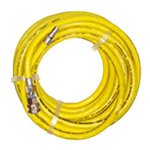
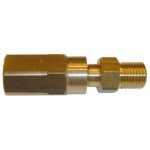
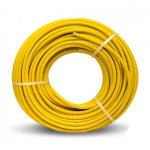
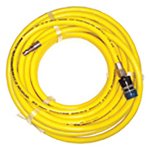
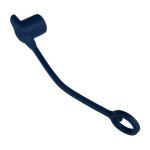
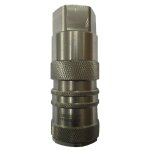
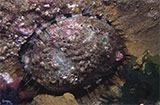
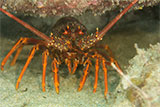
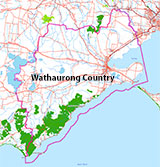
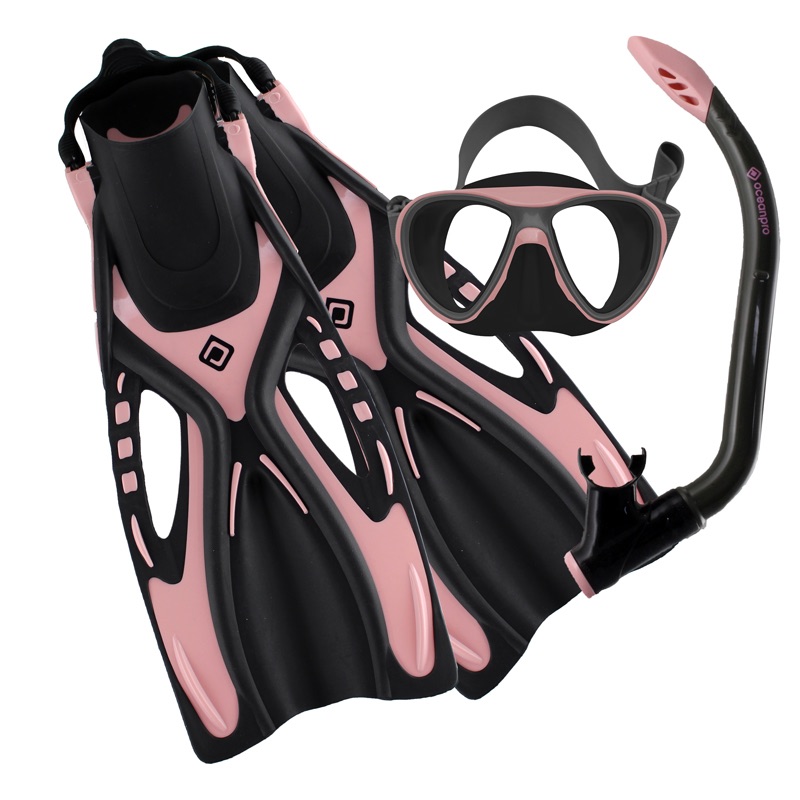













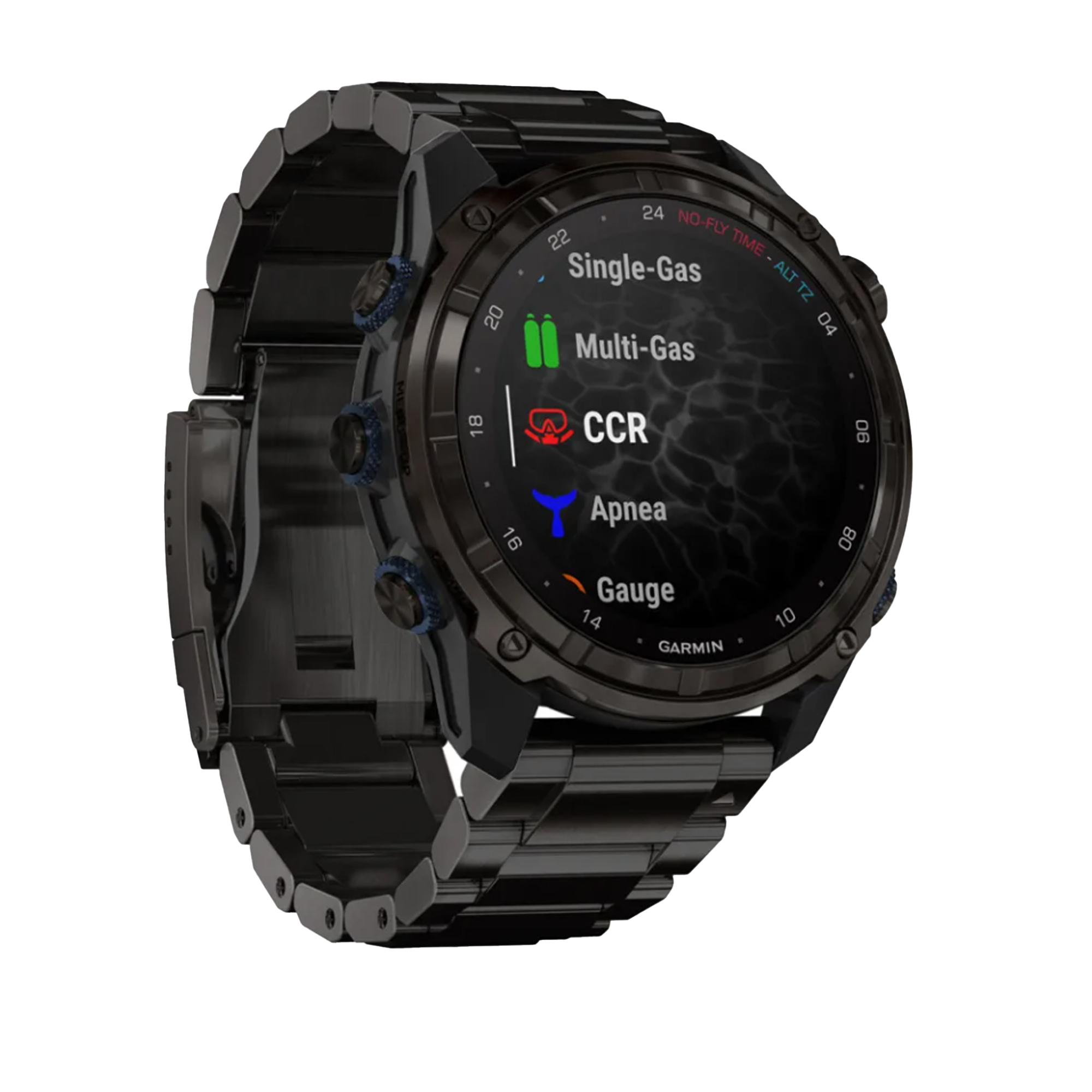


![Halcyon Infinity 30lb System [SS Small Backplate] Halcyon Infinity 30lb System [SS Small Backplate]](/diveshop/images/halcyon/Halcyon-Evolve-Wing.jpg)














































































































